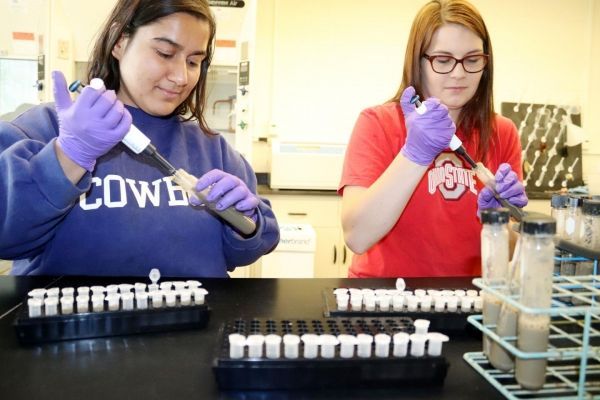Healthy soil contributes to healthy crops. Farmers know this, so they do what they can to ensure their soil is in good shape. They send samples of their soil for lab testing to find out if it is low in any important nutrients. If it is, they can take steps to improve the health of their soil. These might include adding fertilizers or growing cover crops that feed the soil.
One of the essential nutrients for vigorous crop production is nitrogen. Yet most routine tests done in commercial soil testing labs do not measure available nitrogen in the soil. Tests for nitrogen exist, but for a variety of reasons they cannot be done quickly and cost-effectively. As a result, farmers may be left guessing about the health of their soil. They may apply more or less nitrogen fertilizer than is actually needed.
There are a couple of reasons this is not a good practice. One is the cost. Nitrogen fertilizer is one of the more expensive soil inputs, so farmers may be spending money they do not need to spend. Another reason is the environment. When more nitrogen is added than plants can use, it can run off the land and cause problems for bodies of water downstream.
The lack of a rapid, cost-effective test for soil nitrogen is clearly a problem. Soil scientists at The Ohio State University and Cornell University think they have found a solution. They have shown that a test originally developed for extracting a particular protein in soil is actually a good test for a variety of proteins. Proteins are by far the largest pool of available organic nitrogen in soil. A good, quick test for protein in the soil could also be used as a test for available nitrogen.
Read more at American Society of Agronomy
Image: Stuti Sharma and Madison Campbell transfer extracted soil protein samples to tubes for separation of the solids in a centrifuge. (Credit: Steve W. Culman)


